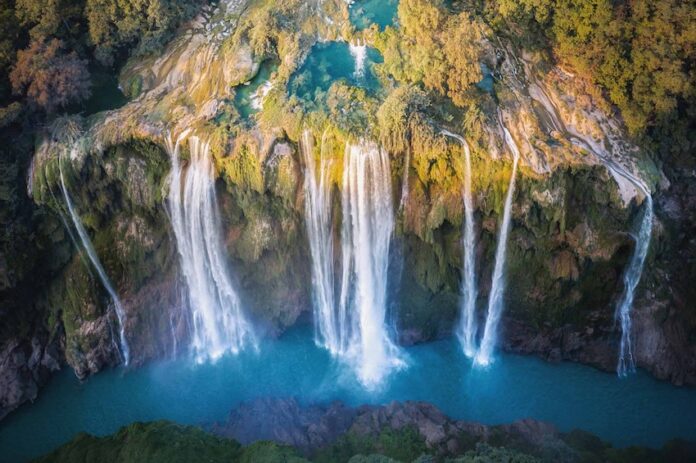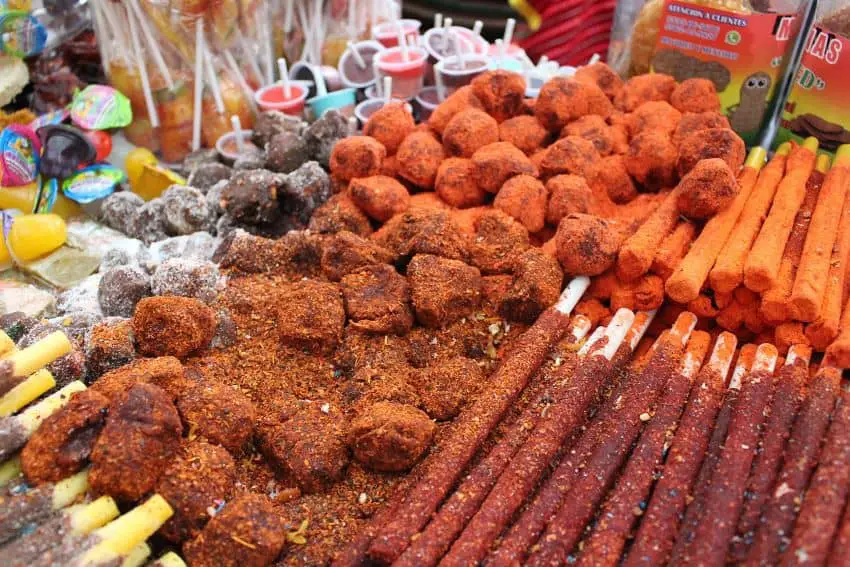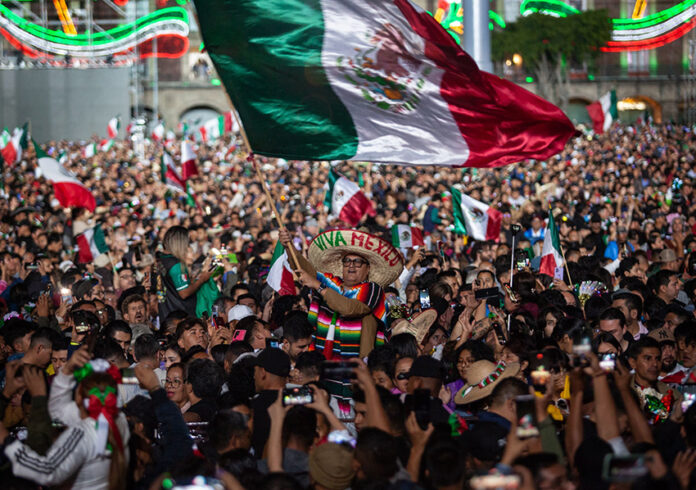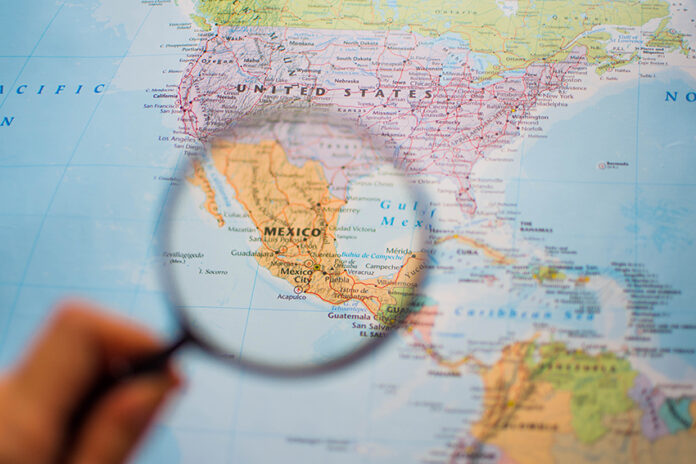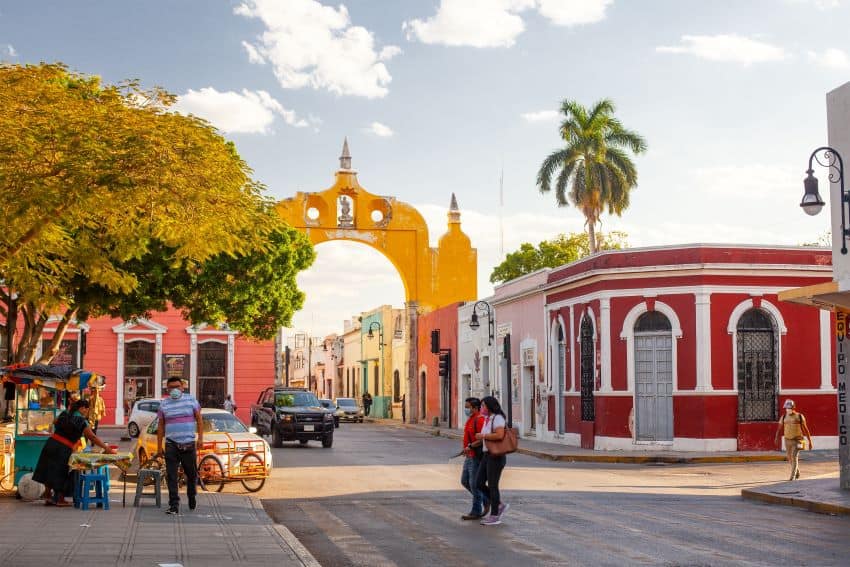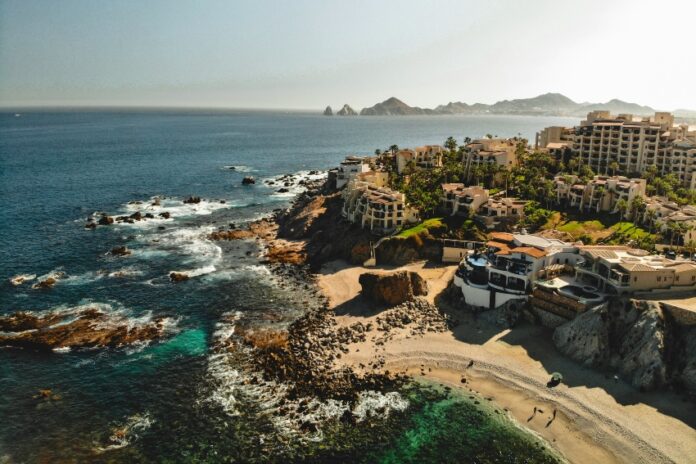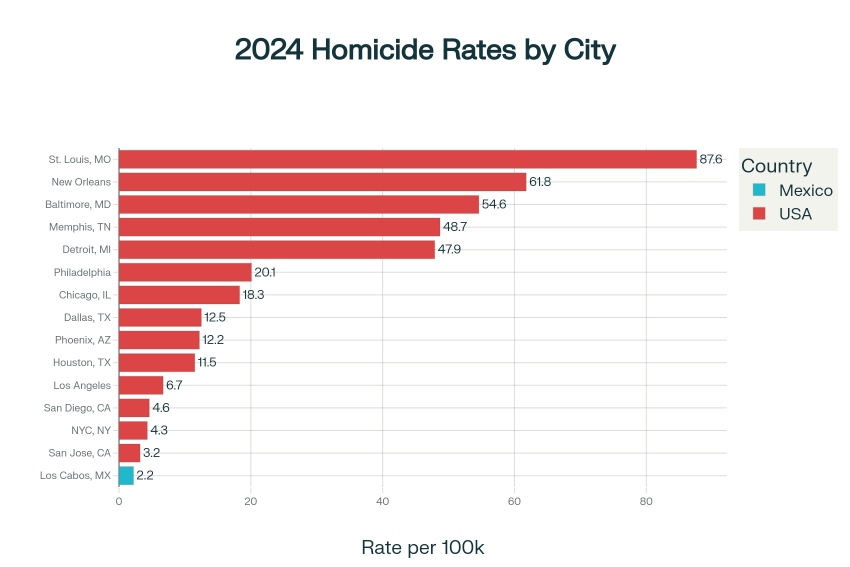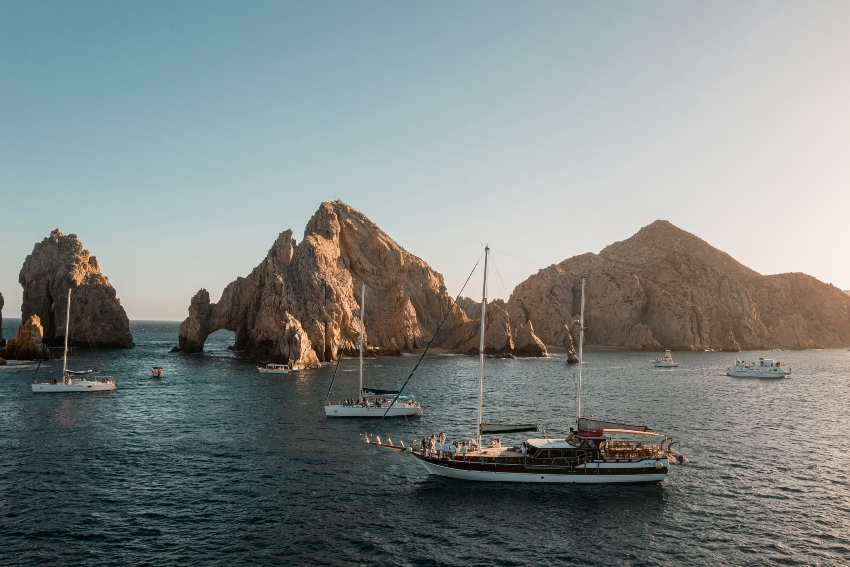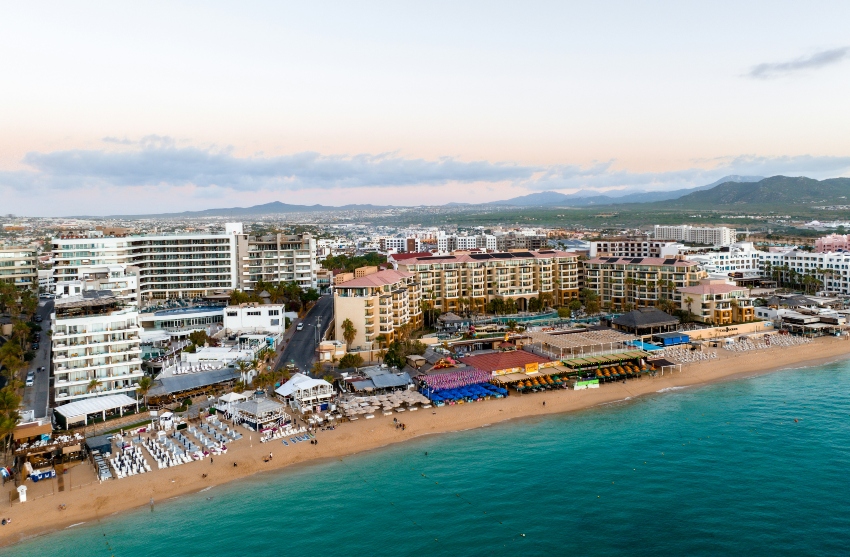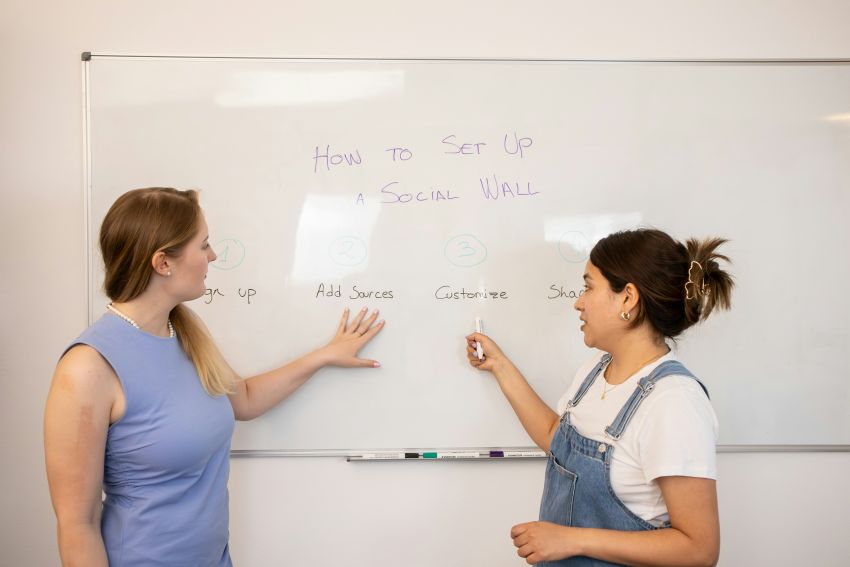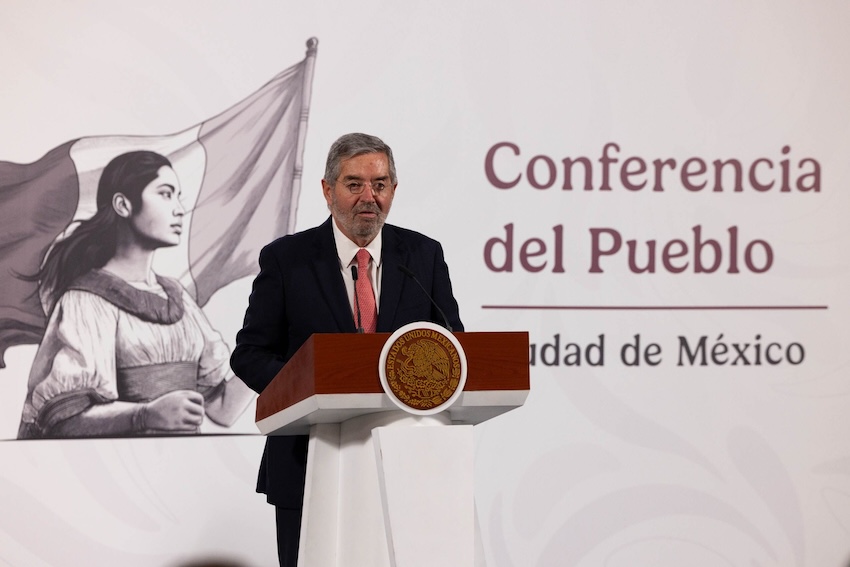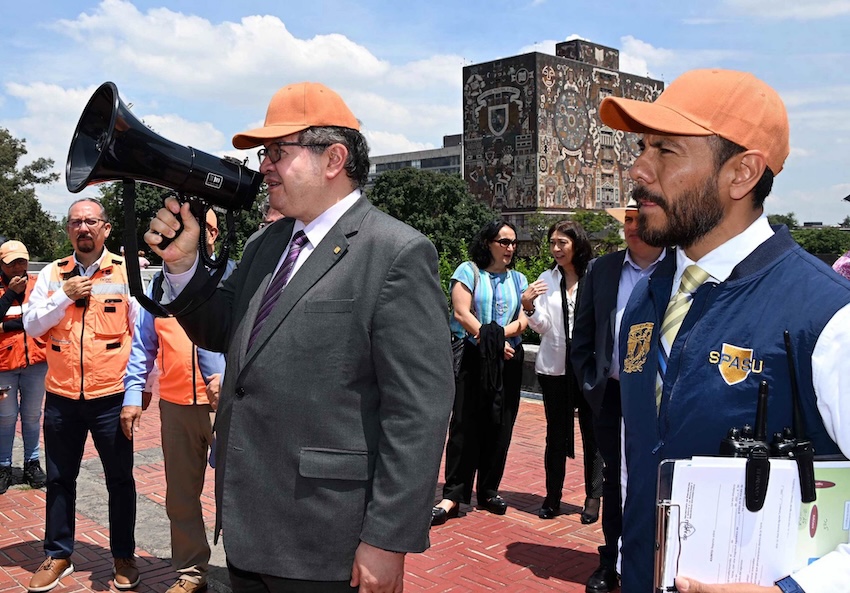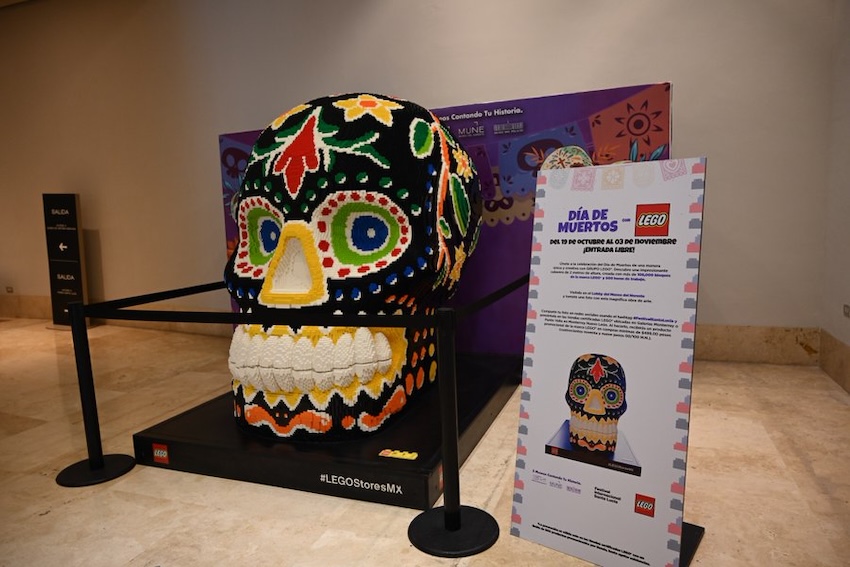Emerald-green waters gracefully cascade over natural limestone, tumbling into a stunning series of terraced lakes that glow with shades of blue and green. The air is filled with the constant, soothing sound of waterfalls and the smell of lush foliage. This is the famous Plitvice Lakes in Croatia, a natural wonder that draws hordes of visitors each year with its exceptional beauty.
Now imagine finding such a wonderland hidden away in a remote area of Mexico. For the third installment of our new series, where we spotlight extraordinary Mexican destinations that rival some of the world’s biggest wonders, we’re taking you to the truly wild and refreshingly little-visited region of Huasteca Potosina in the state of San Luis de Potosí.
Comparable to Croatia’s Plitvice Lakes, Huasteca Potosina is a dreamy water world of pristine rivers, mysterious caves and dramatic cascades, boasting those same impossible shades of turquoise and emerald. A natural playground for outdoor lovers, Huasteca Potosina promises a high-octane itinerary with its hundreds of waterfalls, caverns and crystalline pools.
Plitvice Lakes vs Huasteca Potosina
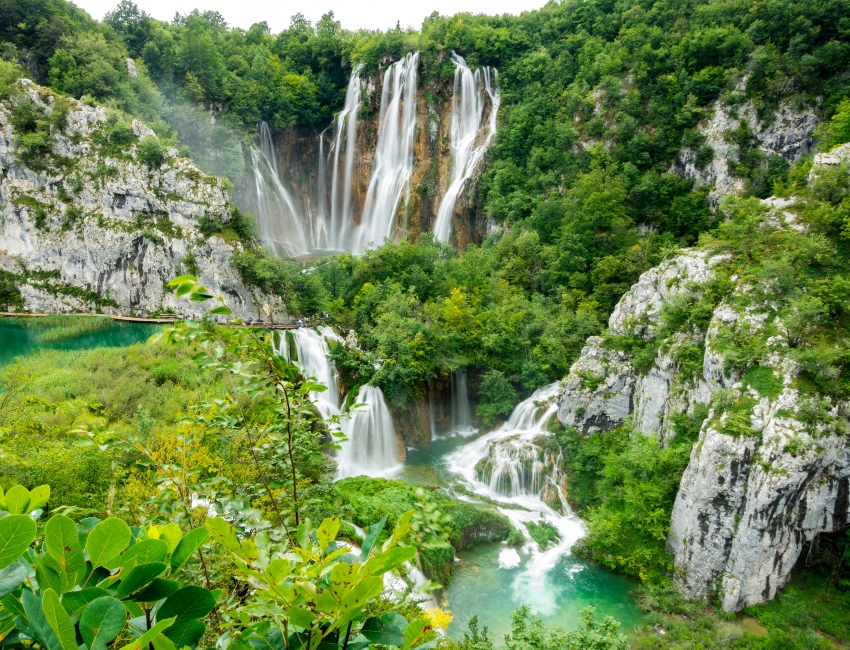
As one of Croatia’s biggest attractions, Plitvice Lakes boasts surreally beautiful terraced waters moving like a continuous, liquid ballet. Each of the sixteen lakes is connected to another through misty cascades and frothy rapids that shimmer in different shades of blue, from vibrant azure to the deepest sapphire. Covering almost 30,000 hectares, the highly protected UNESCO World Heritage site sprawls across a unique karst landscape blanketed by forest and meadows.
Plitvice’s beauty is no secret – every summer, the national park gets flooded with thousands of tourists, all jostling for a glimpse of the modern day paradise. Swimming isn’t allowed here; you can only admire the gorgeous lakes from well maintained boardwalks and numerous viewpoints.
This is where Huasteca Potosina has an edge over Plitvice, offering an equally spectacular and far more immersive alternative. While Huasteca Potosina holds a special place in the hearts of Mexican travelers, it largely remains unknown outside of the country.
Mexico’s untamed water world
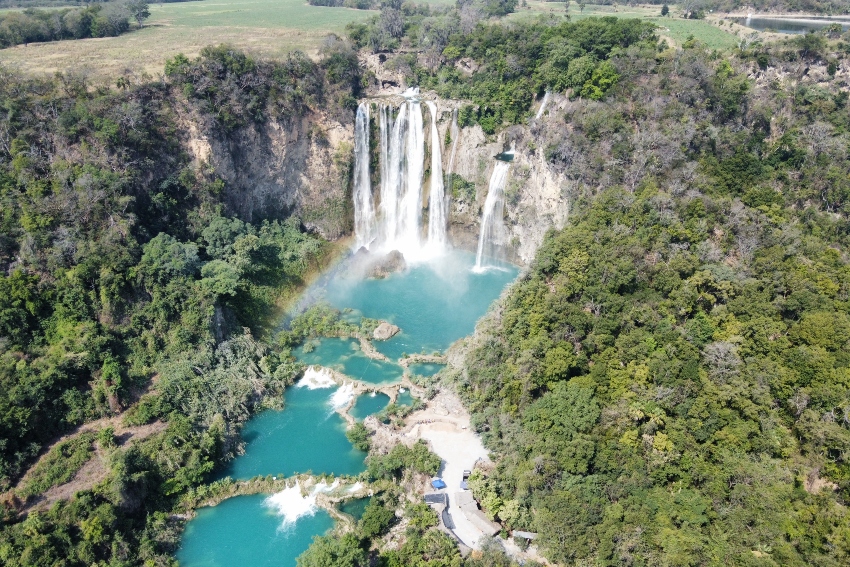
There’s a reason why Huasteca Potosina has managed to lie under the tourist radar — it’s not quite easy to access or navigate due to the lack of infrastructure. Don’t expect to find smooth highways, shiny malls or Starbucks coffee shops. This region is less developed than many parts of Mexico. With its swimming holes and misty cascades spread out over a large area, planning a trip through Huasteca Potosina can be a challenge.
That said, those brave enough to venture the rough roads and rural areas will definitely satiate their thirst for adventure here. Leap over a cliff edge into a spearmint pool, go rafting on the thrilling currents of a raging river or rappel down a powerful waterfall. There are so many ways for bold travelers to truly immerse and experience Huasteca Potosina in its full glory.
Highlights of Huasteca Potosina
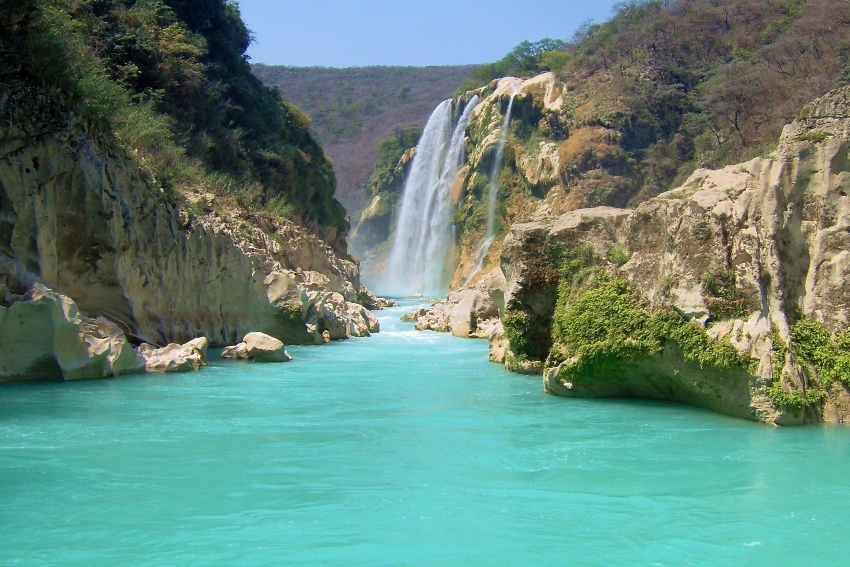
I suggest starting your trip at the mighty Cascada de Tamul, the star of the region. Tucked within a rugged gorge, the monumental waterfall dramatically plunges over 100 meters (340 feet) into a turquoise pool below. The journey to see it is best done aboard a “panga” (traditional canoe), paddling upriver to appreciate its immense scale.
Next, make your way to Puente de Dios, which translates to “Bridge of God.” The spectacular natural limestone archway gracefully spans a series of incredible, deep blue grottoes and tranquil pools. I spent a fantastic day here with my family, swimming through the cavernous chambers, feeling the cool mist of hidden cascades, and taking exhilarating dives from natural ledges into waters so impeccably clear that we could see the riverbed far below.
Don’t miss Salto del Agua (also known as El Naranjo), my personal favorite spot in the area! Esconsed in a secluded location, this impressive site is a series of dreamy cascades tumbling from a height of 60 meters into a symphony of travertine pools. It’s far more pristine and less commercialised than other falls like Cascada Tamasopo or Micos. You won’t find Tarzan swings, jumping boards and ziplines here. But you will have the place to yourself.
You can’t come to Huasteca Potosina and not visit the Sótano de las Golondrinas (Cave of Swallows). This colossal, open-air pit cave is world-renowned for the mesmerizing daily ritual where thousands upon thousands of swallows and green parakeets spiral dramatically in and out of its immense depths each morning and evening. Make sure to come at dawn to witness the dawn departure, a deeply moving sight.
Navigating Mexico’s green heart
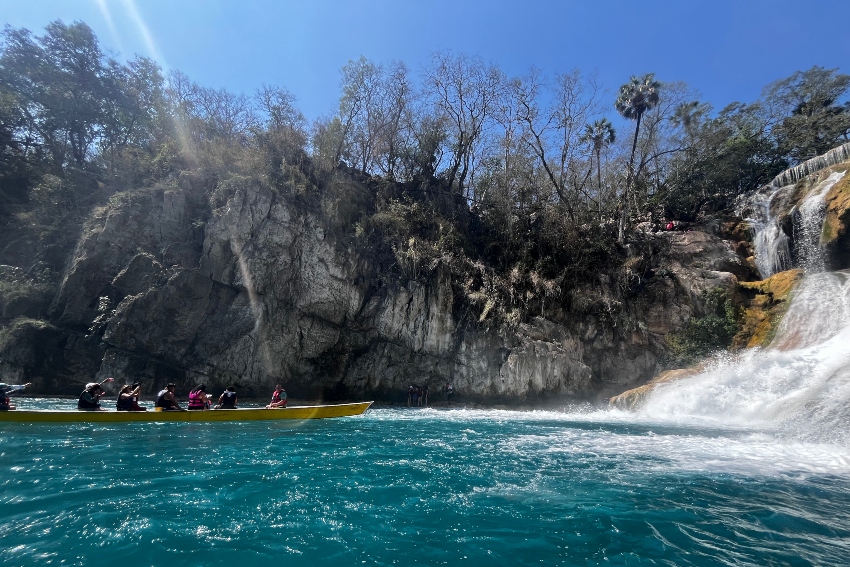
While you can typically visit the Plitvice Lakes in just one full day, Huasteca Potosina spans a vast area filled with hundreds of stunning waterfalls. So expect to spend at least a week in the region. Driving distances are long; prepare to clock in some mileage in between attractions.
To get here, fly into either the San Luis Potosí or the Tampico airports. Both airports serve major cities in Mexico. Then pick up your rental car to start your road trip. Let me emphasize this: having your own vehicle is crucial for experiencing all the sights of Huasteca Potosina, as the region is rural and spread out. While some local transportation exists, getting between the numerous sites can be extremely challenging and time-consuming on the colectivo.
The bustling town of Ciudad Valles serves as a convenient base, providing a wide range of accommodations and restaurants. For those who want to immerse themselves in the wilderness, I suggest staying at the cool rustic cabins at Selva Teenek Eco Park. There, you can sleep in the middle of the jungle surrounded by animals. We also based ourselves in El Naranjo, where a few nights in a river-facing glamping tent at Hotel Salto del Meco gave us some downtime to enjoy the leafy gardens and infinity pool in between our adventures.
Making the most of your wild water adventure
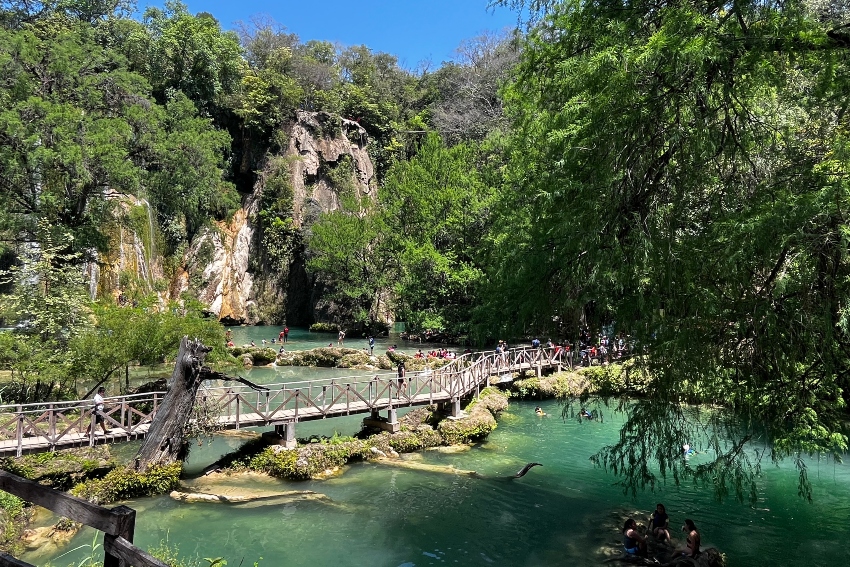
To experience Huasteca Potosina at its best, visit during the dry season, which typically runs from November to March. During these months, the weather is pleasantly warm and the rivers are at their most spectacular, displaying their most intensely vibrant colors. During the rainy season (June-October), swollen rivers can become murky and dangerous due to powerful currents, potentially restricting many water-based activities.
Make sure to pack waterproof bags to safeguard your electronics, quick-drying clothing, water shoes (an absolute must for navigating slippery rocks and riverbeds), reef-safe sunscreen and a generous supply of Mexican pesos. Many local vendors and eateries here do not accept credit cards.
Finally, come with an open mind! Huasteca Potosina delivers a more raw and immersive experience than tourist areas. While Ciudad Valles offers comfortable hotel options, don’t expect to find luxury resorts or hotel chains. Similarly, you may not hear English spoken often outside of the larger tour operations, so learning some basic Spanish phrases or using a reliable translation app will definitely help.
Connecting with the wilderness
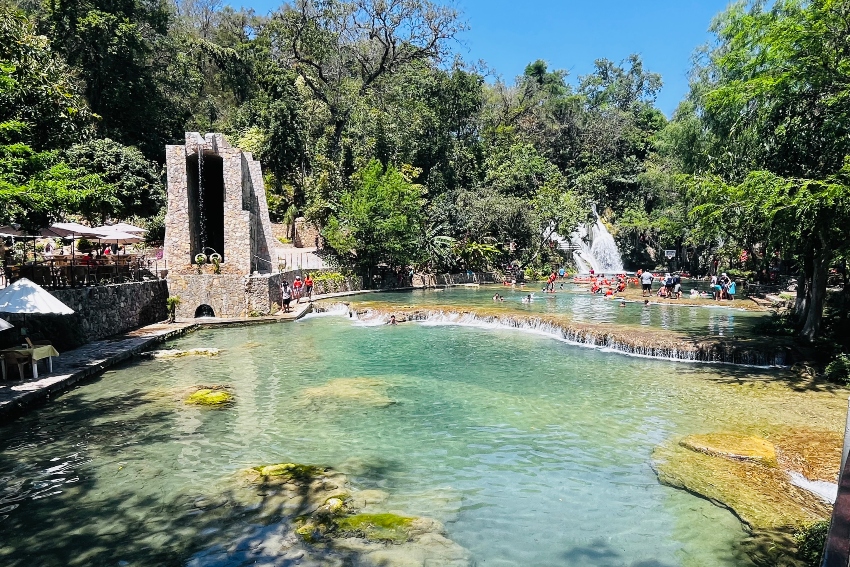
For travelers who love a good water-based adventure, be sure to add Huasteca Potosina to your Mexico bucket list. It offers the same spectacular beauty of Croatia’s Plitvice Lakes, but a more hands-on, less crowded and distinctly wilder experience. Although Huasteca Potosina isn’t quite as easy to get to as Plitvice Lakes and requires much more time than a day trip, you’ll make a deeper connection to Mexico’s wild soul.
Nellie Huang is a self-proclaimed Mexico-holic and features writer for Mexico News Daily. She’s the co-author of Lonely Planet’s Mexico guidebook and has written hundreds of articles on Mexico for various publications. Read about her adventures worldwide on wildjunket.com and follow her updates on Instagram @wildjunket.
